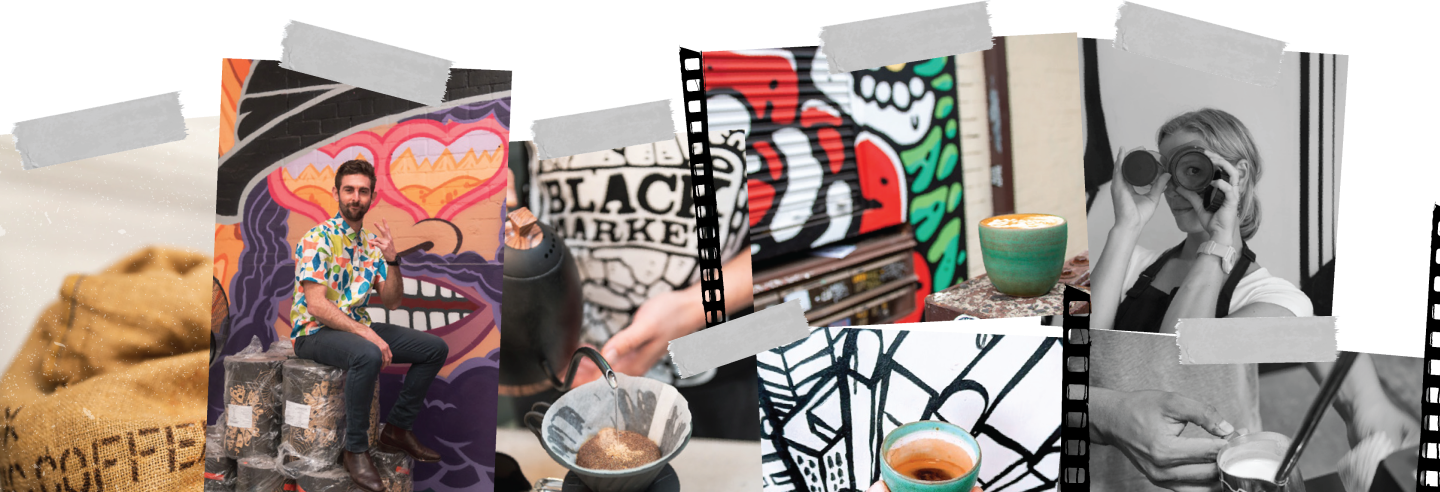
FORM VS/AND FUNCTION
In my family, the debate of form or function pops up more than perhaps is usual. It could be over clothes, a bridge, the layout of a menu, a hamburger. As the only ‘creative’ in a family dominated by engineers, my arguments on the advantages of form, its ability to ignite a connection, an emotional response that celebrates our humanness, are often dismissed with a patient smile that belies a tender pity usually reserved for the kid taking your order at Guzman Y Gomez on his first night on the job at Sydney Olympic Park when Harry Styles, Sydney Kings and NSW Athletics Championships are playing, and is wondering if ghalapeenyo is a word he should know.
Function is king in our family. And while it’s not my default position, it has helped me navigate the path to making great coffee. But it was a journey.
Take coffee distribution. When I first began, I learnt by using these curved plastic ruler thingies. The idea was that the coffee goes in the basket, then you distribute the grinds using the convex ruler, and the excess goes into the knocker tube or my apron pocket. There were various radii for various desired results. There were numbers on them. It was very scientific. I didn’t understand a thing.
My next coffee job used an automated grinder, distributor and tamper in one. You put the group handle in, pressed the button, 7.38 seconds later, Bob’s your uncle (true story), it was ready to go.
I’d been a barista for a number of months by this stage, so I knew in my cosmic hot dog, that this method was against all that was good and true about being a barista. Being a barista is about craft and soul, using your hands, being at one with the coffee, knowing through the months-time of experience that I had to know exactly how to get the best out of each puck. Using a machine to do it, well, how was the love ever going to get in there?
Onto my next job, the sanctum sanctorum, where coffee was the religion and baristas the cloth, I learnt to Stockfleth. I was at one with the coffee. Fumbling through the first few weeks of learning it, movements clunky and awkward, then slowly, eventually, the movements ease, become fluid, like a surfer’s hands gliding past the breakers, the baristas elbows billowing in rhythm and precision, in chorus with the gentle whisper of the steam wand and dainty clink of porcelain cup to saucer. We measured dose with our eyes, we assessed extraction with our hearts. There was nary a scale to be found, they were not part of ‘The Way’, save for one, hidden deep in the pocket of a single barista, the black sheep. An outlier. Only brought out with a furtive glance to assess the surroundings, and sure of being out of sight from ‘The Eye’, ever watchful.
I was not that barista.
But later on, in later jobs, I softened, and opened my heart to the possibility that introducing a scale and stopwatch wasn’t akin to inviting a vampire into my home. I readily see the benefits of tools and technologies to improve the quality and efficiency of the coffee from start to finish. There’s now a humility that needs to be taken on as a barista, not to think of ourselves as the gatekeepers of the craft, but knowing that we benefit everyone in the coffee chain, from customer to farmer, by getting the best out of coffee. Putting down the ego, and picking up the coffee distribution tool, the puqpress, the scales, the timer, the fully automated grinder and tamper, and adding a bit of love. It’s the most effective bit of technology you can use. And cheapest.
…
Image by Amanda Salomao
Be The first to know about new digs.

